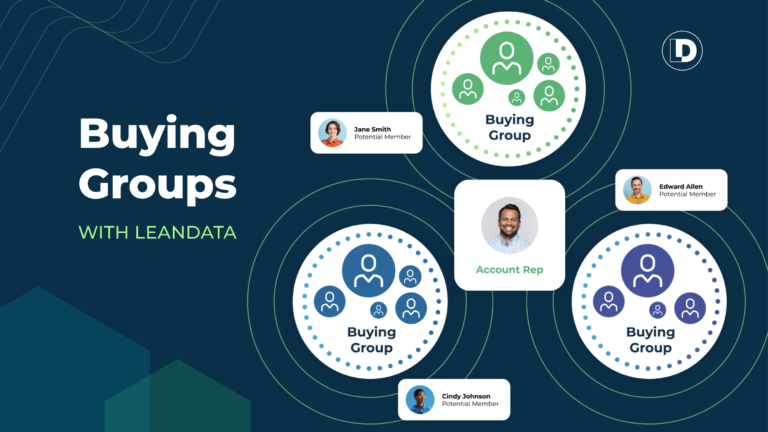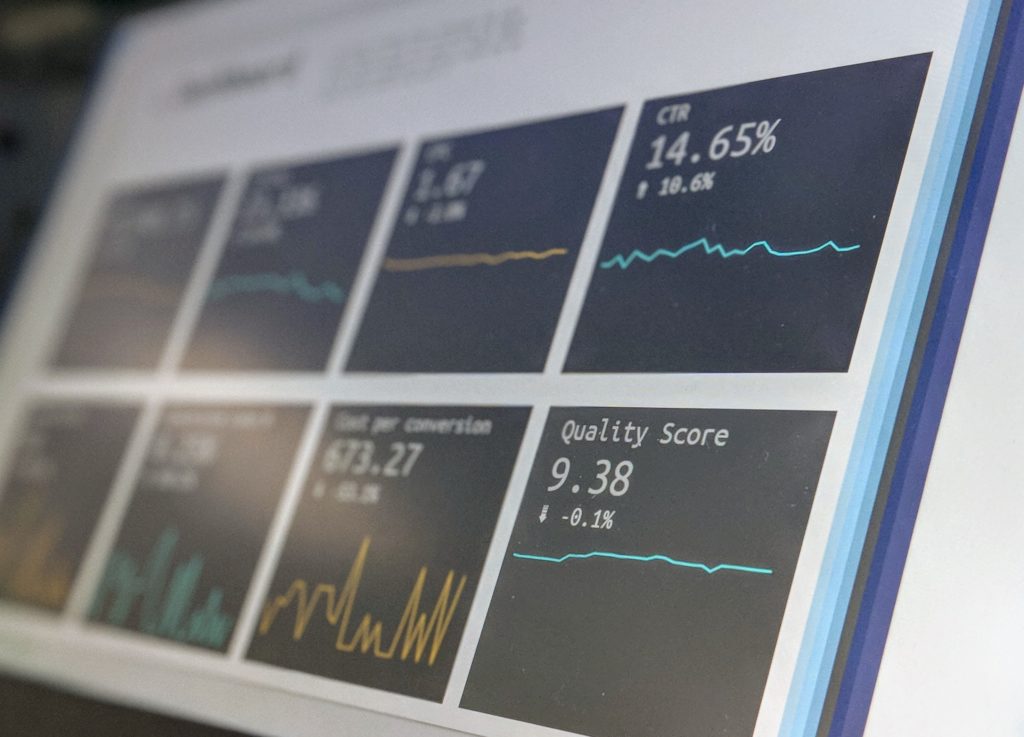Let’s talk about email marketing.
A lot of people are discussing how email stats are dead. They aren’t trustworthy. They are trash.
And to some extent, they’re right: the numbers can’t always be trusted.
With so many email clients, malware protection tools, and spam filter services in use, email statistics are getting very messy. Between deliverability problems and email scanners messing with your open rates, how can we use this email data to make better decisions?
A little background on email marketing
When you send an email from a marketing automation platform (MAP) like Marketo, Hubspot, Eloqua, or Pardot, it sends a simple pixel on the email that is used to track opens and clicks.
Updated privacy rules and practices have made tracking tougher, and a myriad of different email tools block MAP pixels, providing false open or click data.
But that doesn’t mean we should stop using email as a channel. Quite the opposite. We need to adapt, evolving the actions we take and the stats we track. We just need to do a few things to use and track it better.
3 ways to use email data better
1 – Understand the problem. Research what the market looks like and the tools we might be going up against. You can’t build a plan without knowing the underlying problem, and you can’t make changes if you don’t know what you are up against.
2 – Review the data. Is our database seeing the same hits as the rest? If so, how can we normalize the data over time? Did we see a 20 percent drop because of Apple updates, or did we see a jump in opens because of it? Once you know, you can align your targets with the actuals, and make better decisions.
3 – Look for other data points. Years ago, I gave up on opens and clicks. The reason being that any new firewall, update, or email server service may cause false positives. I’ve seen a lot of emails get a lot of clicks because a financial industry firm’s email server tested all links. So clicks don’t work. And opens don’t work.
My recommendation? Click-to-open, or CTO. Click-to-open is the cleanest, most actionable stat you can use. You SHOULD use opens and clicks for your A:B testing. This will still show you how people are interacting and the messaging that may work, but your email success should be based on CTO.
Here’s why: CTO takes all of the opens and compares the clicks. Clicks are WHAT YOU WANT. They are your best conversion metric and they normalize the data regardless of the opens and clicks. So all things being the same, CTO allows you to trend reporting on a known quantity.
Don’t give up on email marketing
One of the quickest ways to see your email stats drop is to find reasons to not send emails. Don’t find reasons not to market to your database! Using your standard best practices, the brain power of your RevOps team, the feedback of your Sales reps, and looking at the data, you can come up with solid list builds. Add targeted content and your email database will work for you.
When you decide that the numbers don’t work, or you are concerned about overall volume, remember this: if you don’t email someone, you have essentially opted them out. That’s not to say that you should send everyone five emails a day. But, it is to say that you shouldn’t be afraid to stretch a little, because an unused database is as pointless as an empty one.
Email as a marketing channel will never go away, but it will grow and change. And in order to continue to use it properly, it’s up to us as marketers to evolve with it.








